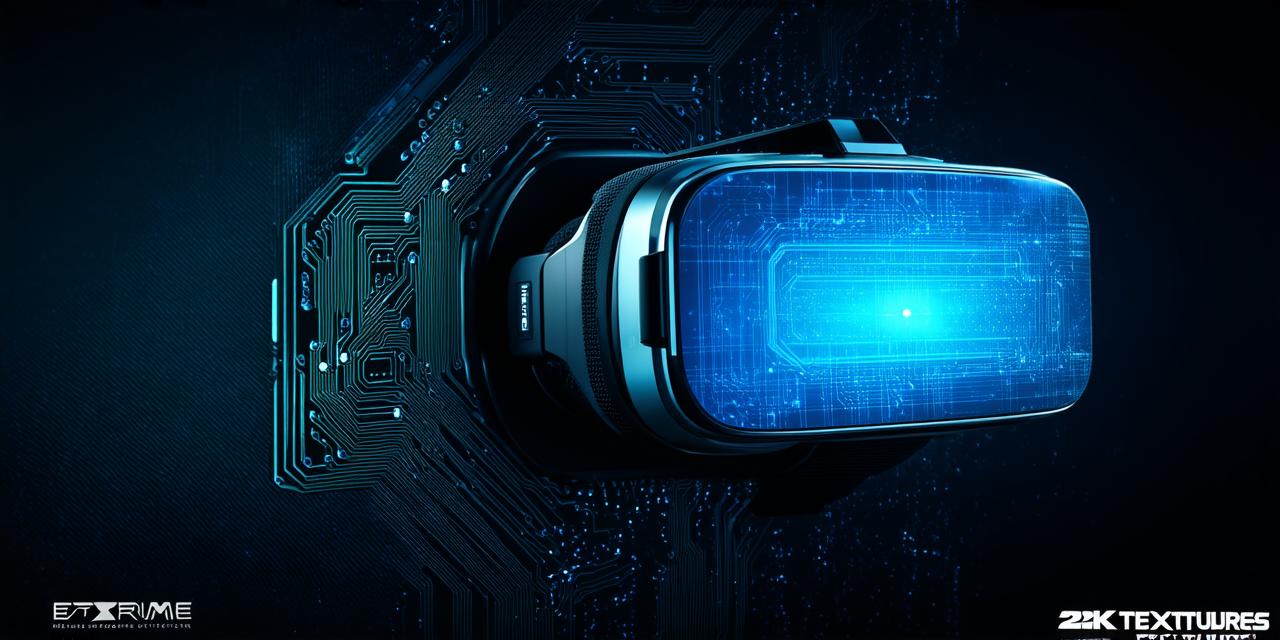Virtual reality (VR) is a rapidly growing technology that has captured the imagination of people around the world. With VR, users can immerse themselves in a simulated environment and experience things that would be impossible or extremely difficult to do in real life.
In this article, we will explore how close we are to fully realizing virtual reality and what challenges still lie ahead. We will also look at some of the latest developments in VR technology and discuss the future prospects for this exciting field.
Virtual Reality Today: A Mixed Bag
Despite all the hype surrounding VR, it’s still a relatively new technology. While there have been significant advancements in VR hardware and software over the past few years, we are not yet at the point where VR is seamlessly integrated into our daily lives. There are still several challenges that need to be overcome before we can fully realize the potential of VR.
One major challenge is the high cost of VR equipment. Currently, the most advanced VR systems, such as the Oculus Rift and HTC Vive, cost around $400-$800. While this may seem like a small price to pay for some users, it’s still a significant barrier to entry for many people, especially those in developing countries.
Another challenge is the lack of compelling content. While there are plenty of games and experiences available for VR, most of them are still in their early stages of development. There is also a limited number of applications for VR outside of gaming, such as healthcare and education. In order to fully realize the potential of VR, we need more diverse and high-quality content that appeals to a wide range of users.
Virtual Reality: A Game Changer in Healthcare
One area where VR is showing significant promise is in healthcare. VR technology can be used for a variety of purposes in healthcare, from pain management to surgical training. For example, VR simulations can be used to help patients cope with chronic pain by creating a more immersive and engaging experience than traditional pain management techniques.
VR can also be used for surgical training, allowing surgeons to practice complex procedures in a safe and controlled environment. This has the potential to reduce the risk of errors and improve patient outcomes. In fact, some hospitals have already started using VR for surgical training, with promising results.
The Future of Virtual Reality: A Bright Outlook
Despite the challenges that still lie ahead, the future of virtual reality looks bright. With ongoing advancements in hardware and software, we can expect to see more powerful and immersive VR experiences in the coming years. As the technology becomes more accessible and affordable, we can also expect to see a wider range of applications for VR beyond gaming and entertainment.
One area where VR is likely to have a significant impact is in education. With VR, students can experience things that would be impossible or extremely difficult to do in real life, such as exploring ancient ruins or traveling to distant parts of the world. This has the potential to make learning more engaging and effective, especially for subjects that are traditionally difficult to teach.
Another area where VR is likely to have a significant impact is in mental health. VR technology can be used to create simulations that help patients cope with anxiety and other mental health conditions. For example, a patient with social anxiety disorder could use VR to practice social interactions in a safe and controlled environment.
Summary: Virtual Reality is Here to Stay
Virtual reality may still be in its early stages, but it has already shown significant promise as a technology. With ongoing advancements in hardware and software, we can expect to see more powerful and immersive VR experiences in the coming years. As the technology becomes more accessible and affordable, we can also expect to see a wider range of applications for VR beyond gaming and entertainment.
While there are still several challenges that need to be overcome before we can fully realize the potential of VR, the future looks bright for this exciting field. With continued innovation and investment, virtual reality has the potential to revolutionize the way we experience the world around us.
